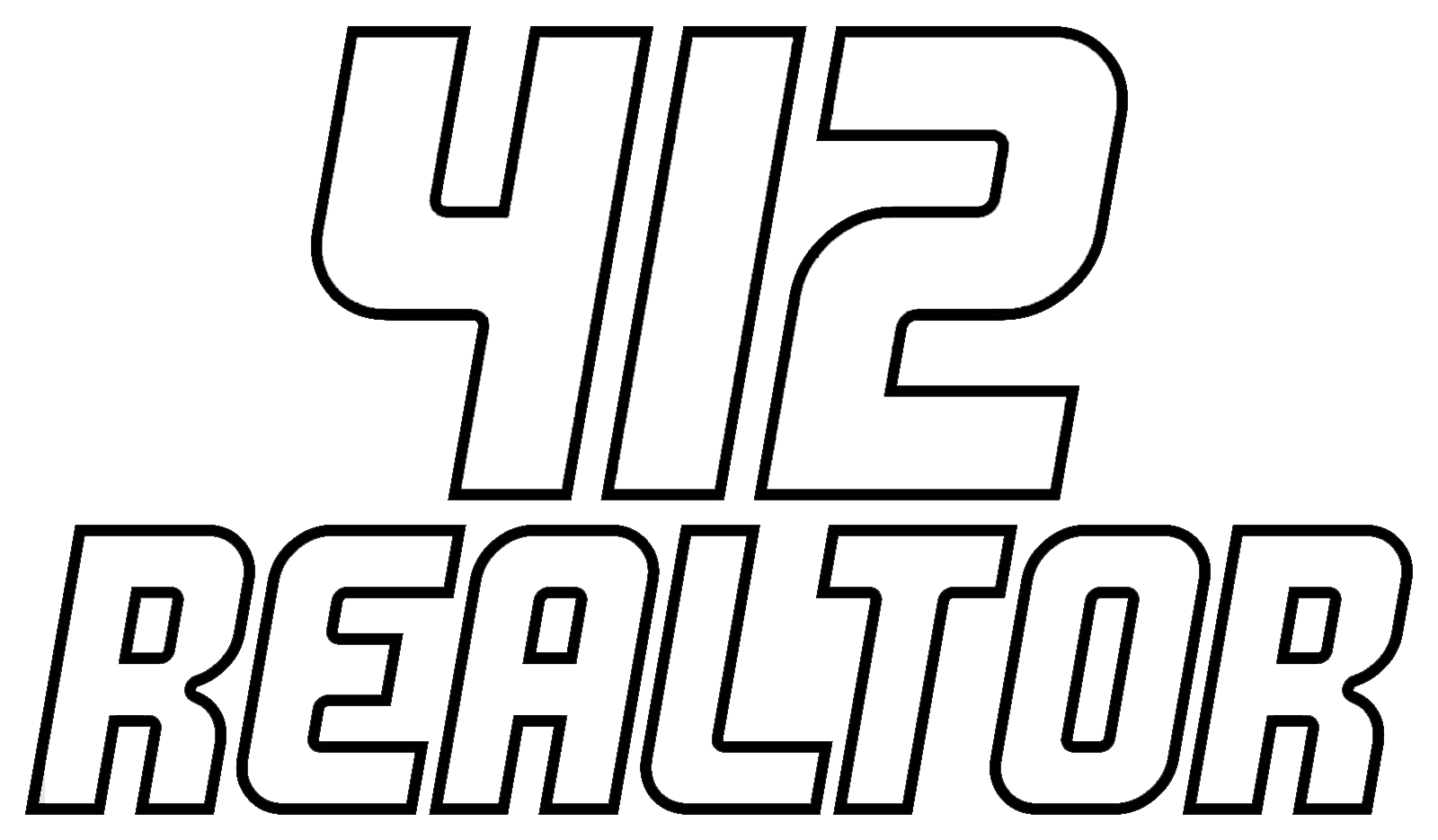Unlock the strategy behind using buyer concessions to close deals without sacrificing value.
What Are Buyer Concessions?
Buyer concessions are incentives offered by the seller to reduce the buyer’s upfront or long-term costs. These are typically negotiated during the offer or counteroffer process and vary based on the market, buyer needs, and home condition.
Common Types of Concessions Include:
- Covering buyer closing costs
- Paying mortgage rate buy-down points
- Providing repair credits
- Offering a home warranty
- Including appliances or furniture
- Allowing flexible occupancy or leaseback options
When used strategically, concessions can solve buyer pain points without requiring a price cut.
When Should You Offer Buyer Concessions?
1. In a Buyer’s Market
When inventory is high and buyers have leverage, offering concessions can help your home stand out and attract serious offers.
2. When the Home Needs Work
If your home requires repairs or updates, a repair credit can be more appealing to buyers than completing the work yourself.
3. To Offset High Interest Rates
High mortgage rates impact affordability. Helping buyers reduce monthly payments through a rate buy-down can keep your home in budget.
4. To Compete With New Builds
Builders often offer perks like upgrades and covered costs. Matching this with your own concessions can keep your listing competitive.
5. To Save a Deal on the Brink
If a buyer hesitates at the final stages, small concessions like a home warranty or closing cost credit can reignite the deal.
How to Offer Buyer Concessions the Smart Way
1. Build Room Into Your Price
Price strategically so you have room to negotiate while protecting your bottom line.
2. Don’t Lead With Concessions
Hold off on offering incentives until you understand buyer motivation—unless the market clearly calls for it.
3. Offer Strategic Trade-Offs
Use concessions to gain better terms, such as a faster closing, reduced contingencies, or an “as-is” sale.
4. Focus on Net Proceeds
Sometimes offering a credit is more beneficial than dropping your price—it keeps your home’s value perception intact.
5. Work Closely With Your Agent
A good real estate agent knows what’s standard in your market and can recommend the right concession strategy.
Examples of Smart Concession Use
Case 1: Competitive Market
You receive a full-price offer with a $7,000 concession request. By accepting, you maintain your list price while still meeting buyer needs—helpful for comps and appraisal.
Case 2: Slow Market
Your home sits on the market for weeks. Adding a $5,000 closing cost credit in your listing attracts more attention and leads to a solid offer.
Final Thoughts
Buyer concessions aren’t giveaways—they’re strategic tools. The right concessions can preserve your pricing power, solve buyer concerns, and lead to smoother closings. Just remember: timing and context are key.
Thinking about offering concessions on your home sale? Talk to your real estate agent about what works best in your local market.




